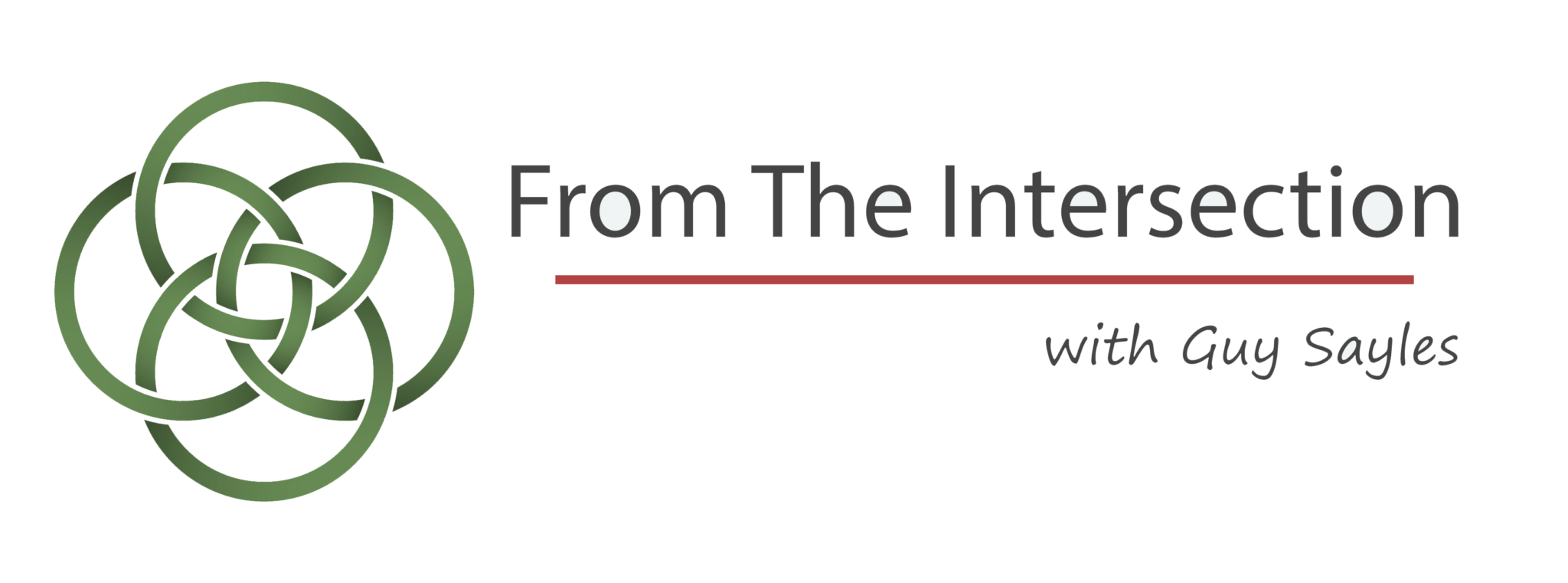Think of the
hours we spend on food and drink: going to the grocery store, perusing
cookbooks and magazines for recipes, being sure the kids have lunch money,
grabbing a bottle of water on the way to work, and stopping midmorning for a
coffee break. We eat and drink in order
to live. “Daily bread” is one of the
things for which Jesus taught us to pray and about which he urged us not to
worry. He made a meal central to the
church’s life: bread and wine which speak to us of his body and blood, sustain us
with mercy, and slake our thirst for joy. In one way, then, we are inescapably consumers. We have to consume to
live.
hours we spend on food and drink: going to the grocery store, perusing
cookbooks and magazines for recipes, being sure the kids have lunch money,
grabbing a bottle of water on the way to work, and stopping midmorning for a
coffee break. We eat and drink in order
to live. “Daily bread” is one of the
things for which Jesus taught us to pray and about which he urged us not to
worry. He made a meal central to the
church’s life: bread and wine which speak to us of his body and blood, sustain us
with mercy, and slake our thirst for joy. In one way, then, we are inescapably consumers. We have to consume to
live.
But, what if
we’re living to consume? That’s consumerism–the idea that we can find fulfillment
and happiness by buying, owning, collecting, accumulating, eating,
drinking, and experiencing more things.
Consumerism is driven by emptiness, by an inner and aching void which we’re
anxious to fill. I think the emptiness
has a purpose: to send us on a quest for beauty, truth, goodness, and,
ultimately, for the Holy, but we misspend the emptiness on more immediate and
less enduring things. This emptiness is
behind our clamoring demand for more: more stuff, more status, more security. Emptiness drives consumerism.
we’re living to consume? That’s consumerism–the idea that we can find fulfillment
and happiness by buying, owning, collecting, accumulating, eating,
drinking, and experiencing more things.
Consumerism is driven by emptiness, by an inner and aching void which we’re
anxious to fill. I think the emptiness
has a purpose: to send us on a quest for beauty, truth, goodness, and,
ultimately, for the Holy, but we misspend the emptiness on more immediate and
less enduring things. This emptiness is
behind our clamoring demand for more: more stuff, more status, more security. Emptiness drives consumerism.
And, it
depends on our having an array of options and the power to choose among them:
superstores, multiplexes, hundreds of television channels, and millions of
websites. Have you bought blue jeans lately? Classic fit, relaxed fit, painter’s pant, low
rise, straight-leg, boot cut, authentic tint, faded, pre-washed, stone-washed,
acid stone washed, and—so it seems to me—pre-worn and pre-worn out. Consumerism depends on options, because we
are always in search of something new and improved, something novel and
untried.
depends on our having an array of options and the power to choose among them:
superstores, multiplexes, hundreds of television channels, and millions of
websites. Have you bought blue jeans lately? Classic fit, relaxed fit, painter’s pant, low
rise, straight-leg, boot cut, authentic tint, faded, pre-washed, stone-washed,
acid stone washed, and—so it seems to me—pre-worn and pre-worn out. Consumerism depends on options, because we
are always in search of something new and improved, something novel and
untried.
Emptiness,
options, and the power to choose. These
are the essential elements of consumerism, and they are galvanized by savvy
marketing and pitch-perfect advertising.
There’s a fascinating story about how religion, advertising, and
marketing have long been intertwined in this country. For instance, when revivalism swept across
America in the 19th century, it helped to create the climate and structure the
models that modern advertising uses to this day. On the fringes of camp meetings, to which
people came not just for religion but for socializing and entertainment, peddlers
of patent medicines hawked their wares, promising relief from physical and
emotional ailments. Like the preachers
in the meetings, they promised miracles and used “before and after”
testimonials from satisfied customers who found amazing cures in their products. Inside the meetings, people were saying
“before I met Christ, I was a drunk or a gambler or a crook, but now I’m on the
straight and narrow” and outside the meetings, people were saying “before I
tried Grove’s elixir or Carter’s pills, I had bad digestion or constant pain, but
now I am free.” If people could choose
conversion, they could choose other remedies.
The pattern for advertising was set, a pattern that persisted through
the nineteenth century and prevails today: identify (or create) and dramatize a
need, promise that your product will meet it, and move your customer to buy it.
options, and the power to choose. These
are the essential elements of consumerism, and they are galvanized by savvy
marketing and pitch-perfect advertising.
There’s a fascinating story about how religion, advertising, and
marketing have long been intertwined in this country. For instance, when revivalism swept across
America in the 19th century, it helped to create the climate and structure the
models that modern advertising uses to this day. On the fringes of camp meetings, to which
people came not just for religion but for socializing and entertainment, peddlers
of patent medicines hawked their wares, promising relief from physical and
emotional ailments. Like the preachers
in the meetings, they promised miracles and used “before and after”
testimonials from satisfied customers who found amazing cures in their products. Inside the meetings, people were saying
“before I met Christ, I was a drunk or a gambler or a crook, but now I’m on the
straight and narrow” and outside the meetings, people were saying “before I
tried Grove’s elixir or Carter’s pills, I had bad digestion or constant pain, but
now I am free.” If people could choose
conversion, they could choose other remedies.
The pattern for advertising was set, a pattern that persisted through
the nineteenth century and prevails today: identify (or create) and dramatize a
need, promise that your product will meet it, and move your customer to buy it.
Advertising
is consumer evangelism, and consumerism is our national religion. So we shouldn’t be surprised that consumerism
has affected how we view faith and church.
Increasingly, we see the church as one more place we go to get our needs
met and to be entertained.
Faith—“spirituality”—is one more choice we make, like a breakfast cereal
or a movie or an automobile.
is consumer evangelism, and consumerism is our national religion. So we shouldn’t be surprised that consumerism
has affected how we view faith and church.
Increasingly, we see the church as one more place we go to get our needs
met and to be entertained.
Faith—“spirituality”—is one more choice we make, like a breakfast cereal
or a movie or an automobile.
Church is
one more option about which we decide, like we decide whether to spend an evening
with friends or go to the gym or attend a PTA meeting. Most often, we decide to do whatever it is we
think will make us feel good about ourselves—and to deliver that good feeling
quickly. If church gets too demanding or
challenges our commitments or questions our priorities, then we have other ways
to spend our time.
one more option about which we decide, like we decide whether to spend an evening
with friends or go to the gym or attend a PTA meeting. Most often, we decide to do whatever it is we
think will make us feel good about ourselves—and to deliver that good feeling
quickly. If church gets too demanding or
challenges our commitments or questions our priorities, then we have other ways
to spend our time.
Those of us
who lead faith-communities in this climate of consumerism know how easy it is
for people to walk away, like dissatisfied customers who vow never to darken
the door of a restaurant where they had one bad experience with a huffy
waitress. That’s why there are scores of
books and countless seminars on, essentially, how churches can increase
customer-satisfaction. By the way, there’s
a lot for church leaders to learn about how to communicate clearly, about good
hospitality, and about attentive service, which can be an expression of
servanthood and not simply of commercialism.
It doesn’t make sense to me, on any level, from the most superficial to
the most serious, for people to feel more respected and better treated at
Nordstrom’s or Disneyworld than they are at church.
who lead faith-communities in this climate of consumerism know how easy it is
for people to walk away, like dissatisfied customers who vow never to darken
the door of a restaurant where they had one bad experience with a huffy
waitress. That’s why there are scores of
books and countless seminars on, essentially, how churches can increase
customer-satisfaction. By the way, there’s
a lot for church leaders to learn about how to communicate clearly, about good
hospitality, and about attentive service, which can be an expression of
servanthood and not simply of commercialism.
It doesn’t make sense to me, on any level, from the most superficial to
the most serious, for people to feel more respected and better treated at
Nordstrom’s or Disneyworld than they are at church.
Not all of
the influence of consumerism on the church is so benign, though. In fact, consumerism
may well be our greatest challenge: its values clash with the central
commitments of the Christian faith.
the influence of consumerism on the church is so benign, though. In fact, consumerism
may well be our greatest challenge: its values clash with the central
commitments of the Christian faith.
Consumerism
says, “Have it your way.” Jesus says;
“Pray then like this: your kingdom come, your will be done, on earth as it is
in heaven.”
says, “Have it your way.” Jesus says;
“Pray then like this: your kingdom come, your will be done, on earth as it is
in heaven.”
Consumerism
says: “Happiness can be bought and sold.”
Christianity says: “Fulfillment is a gift of grace.”
says: “Happiness can be bought and sold.”
Christianity says: “Fulfillment is a gift of grace.”
Consumerism
says: “Everything and everyone has a price.”
Christianity says: “The things that matter most are priceless: faith,
hope and love.”
says: “Everything and everyone has a price.”
Christianity says: “The things that matter most are priceless: faith,
hope and love.”
Discover more from From The Intersection
Subscribe to get the latest posts sent to your email.


Recent Comments